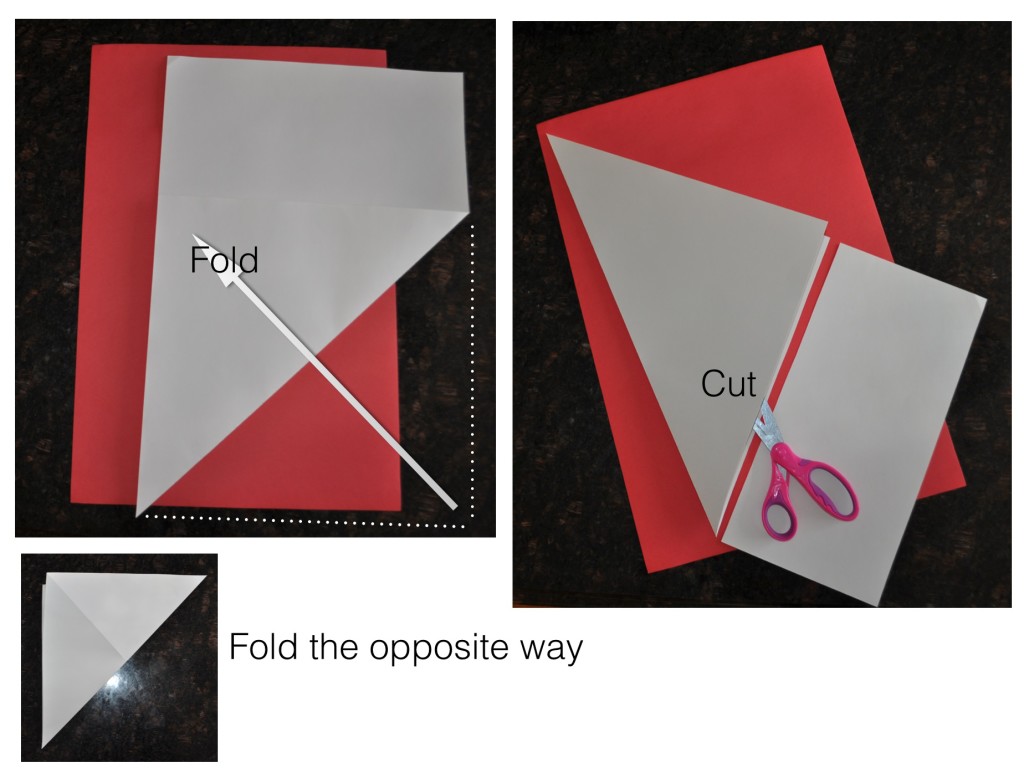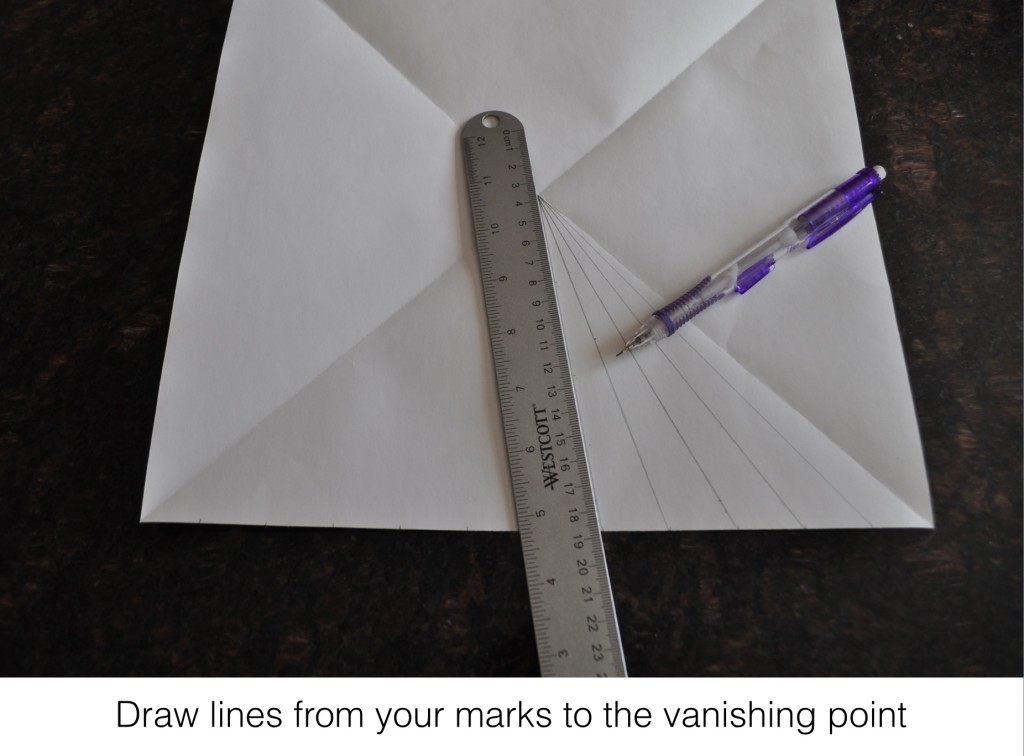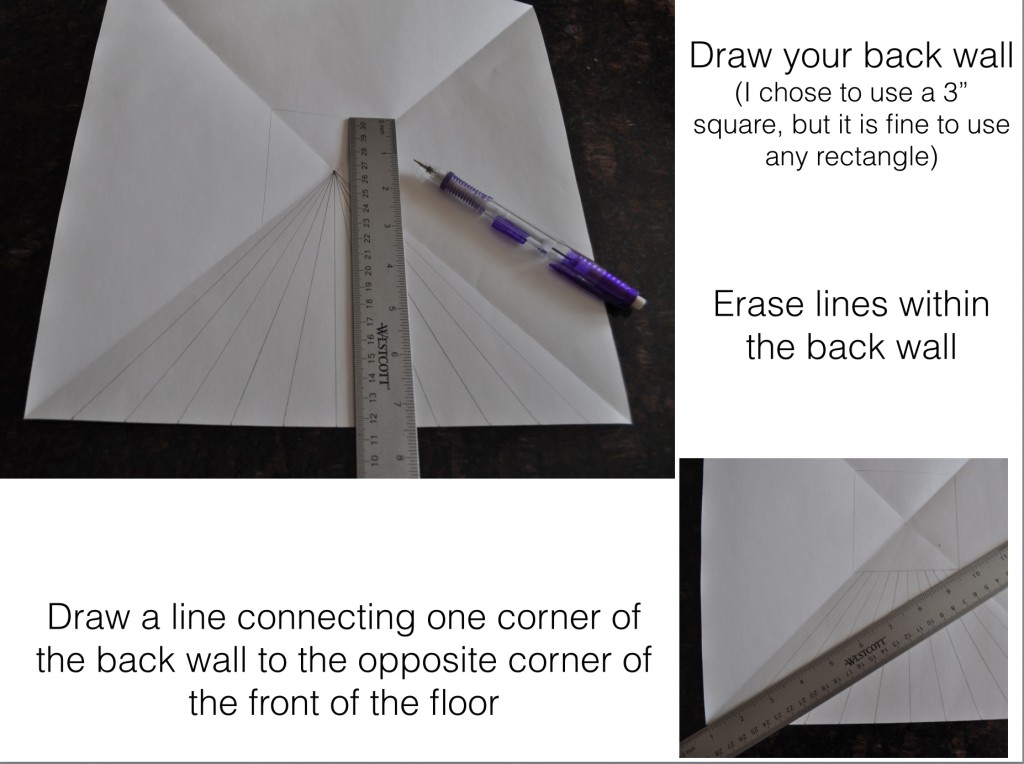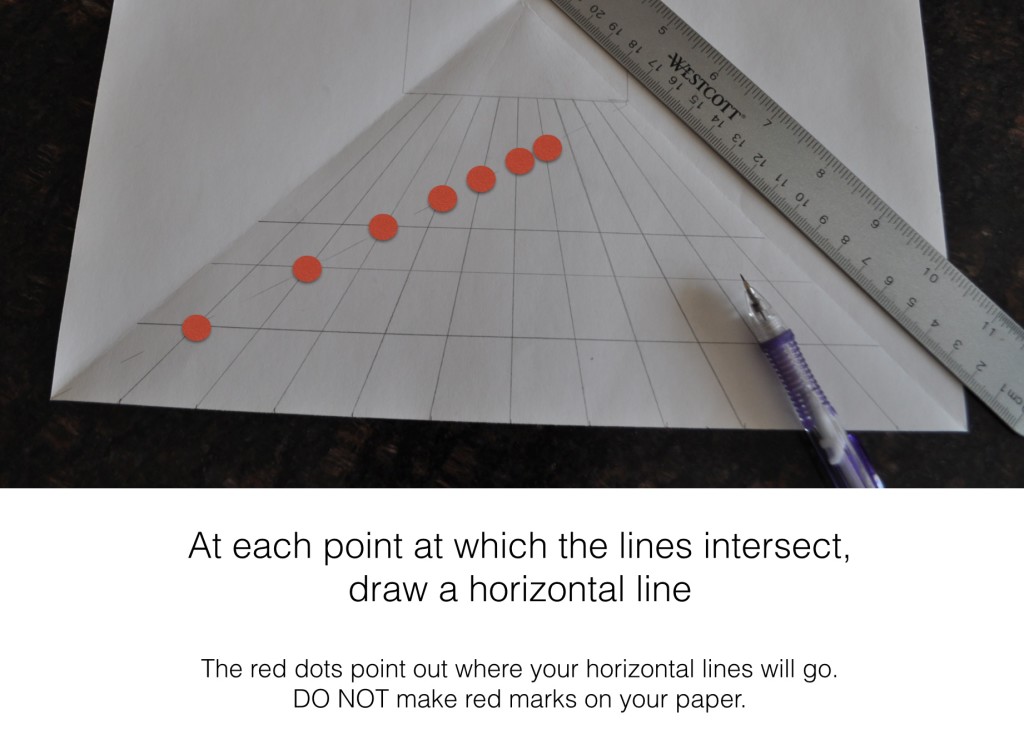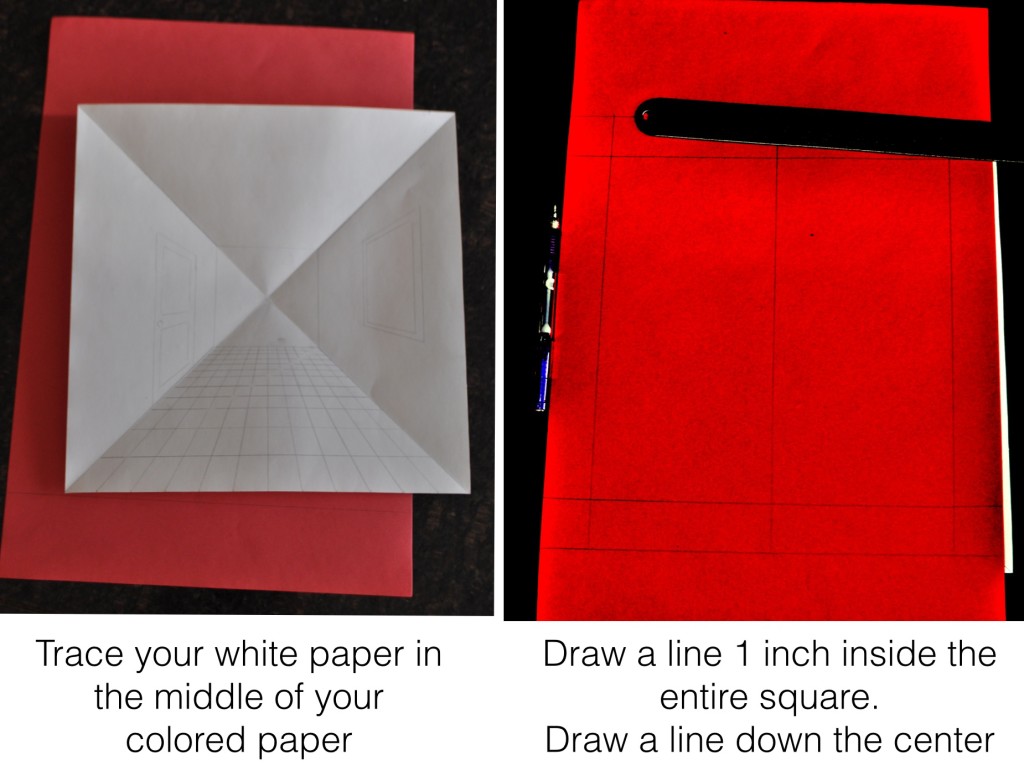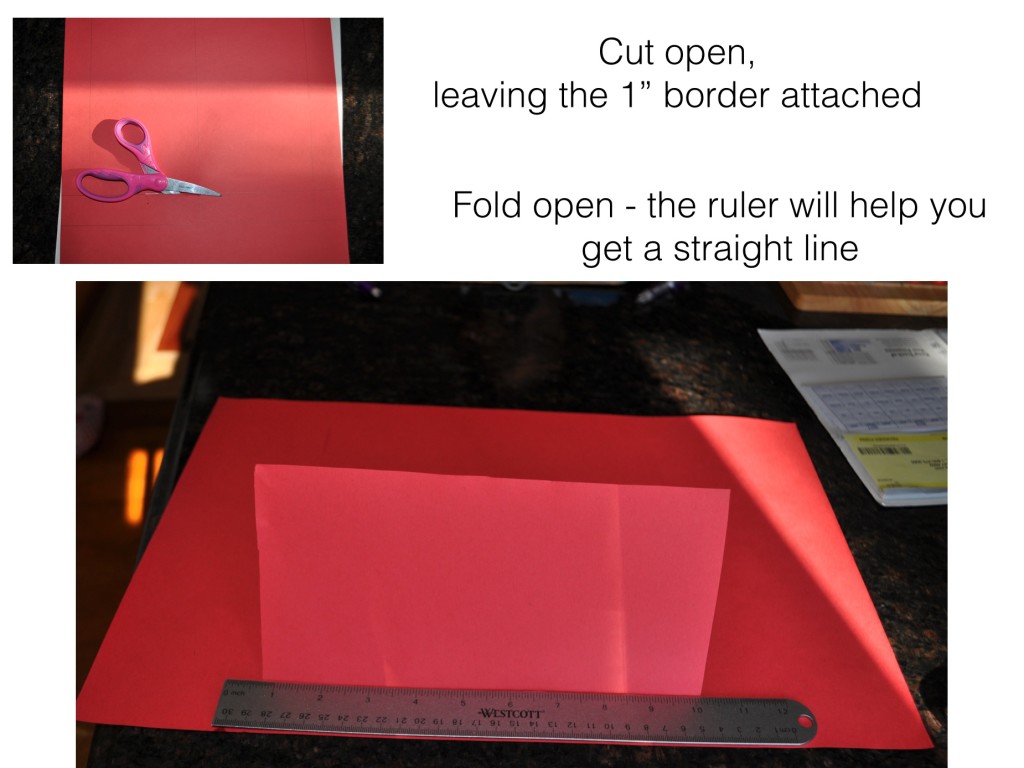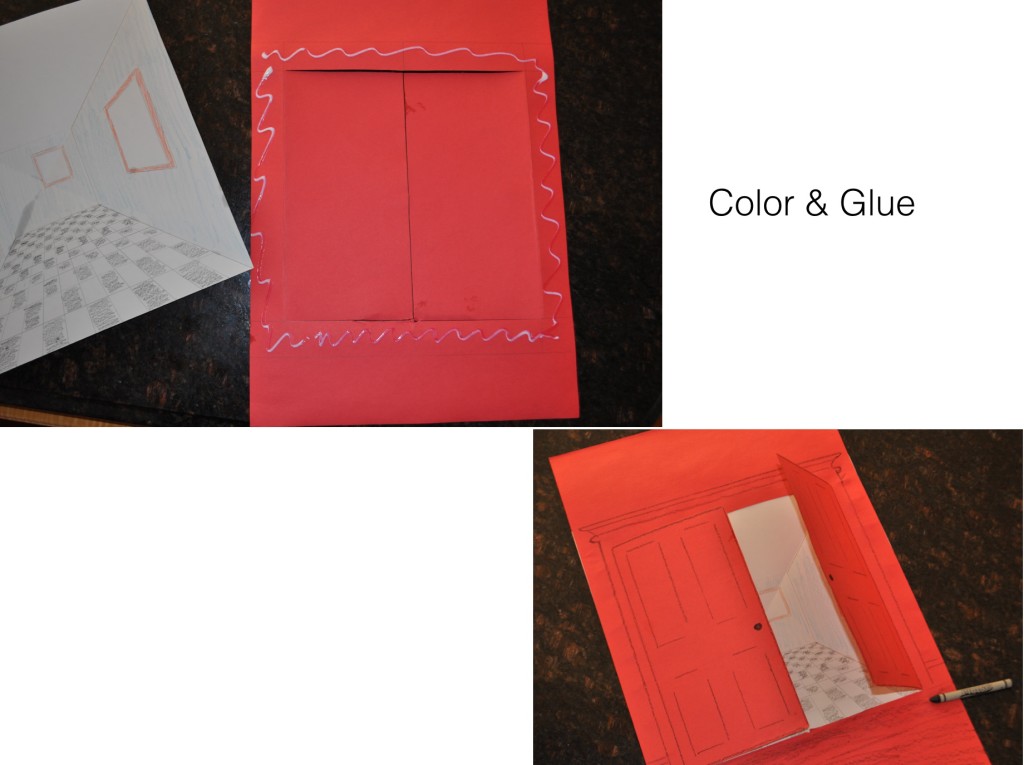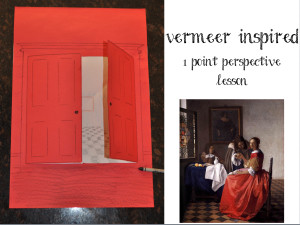
Johannes Vermeer was born in Delft, Holland in 1632 during a time we now call the “Golden Age of Dutch Painting,” although the city at that time did not recognize it as such. They were instead preoccupied with daily life – Likely thinking that they would be more well known for having survived devastating fires and various bouts with the plague than for artwork.
Unfortunately, Vermeer was not a note-taker, and he didn’t keep company with writers, so much of his life remains a mystery. We know only the basics of his baptism, marriage, and death; and those scant notes are through simple public records. 
The Milkmaid
circa 1660
oil on canvas
Rijksmuseum Amsterdam
Through these we learn that Vermeer’s grandfather was a convicted counterfeiter and that his grandmother ran illegal lotteries. His father was less controversial, owning an inn from which he sold art. (There were no museums or galleries then)
In December 1653, Vermeer was admitted to the painter’s guild, and married Caterina who came from a rich but harsh family. The two were from different religions (he protestant, she catholic) and social classes (she higher, he lower), which was surely difficult in their day.
There are very few paintings by Vermeer, only about 35, and his creation of a few of them is still disputed, however his distinctive style makes his work easy to identify. Look closely and you will often see ladies, windows, tapestry table coverings, bowls of fruit, and pearls. Items of daily life. You might even notice that he uses the exact same item in more than one painting.
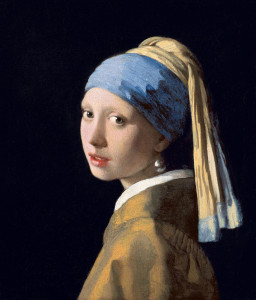
c. 1665
Oil on canvas
Mauritshuis, The Hague, Netherlands
The “Girl with a Pearl Earring,” often called the “Dutch Mona Lisa,” is Vermeer’s most famous work. The blue turban, its most distinctive feature is painted in rich natural ultramarine, an extremely expensive pigment made from crushed lapis lazuli.
There is some dispute about whether Vermeer made use of a new invention of his day, the camera obscura. Again, we have few records, but his good friend, Anthony van Leeuwenhoek, was grinder and user of lenses, so he probably had access to one. The artist used extremely consistent proportions which was uncommon in his day, further giving credence to this belief. However, when Vermeer’s estate was settled in 1675, there was no record of a camera obscure in his belongings.
Vermeer died at the age of 43, completely destitute. His life may not have ended in wealth, but Vermeer’s works were riches in their own right, and they continue to provide viewers with inspiration to this day.
Read
A fun way to learn about the time and art of Vermeer is through the historic fiction Chasing Vermeer by Blue Balliett. It is artistically accurate, suspenseful, and magical.
Discover
- Learn about how enterprising graphic designers are trying to replicate a Vermeer
- Test your own attention to detail with
online puzzles of 2 of Vermeer’s paintings - Look at the complete works of Vermeer, then write about what you learned using these great notebooking pages
Create
For this project you will need:
2 sheets Tru Ray Acid Free Construction Paper (1 white, 1 any color) – 12”x18”
Prang crayons, one 8 color set – need: 1 set per student
1 glue stick – can be shared
1 pair Scissors – need 1 per student
1 ruler (or any item with a straight edge for drawing lines. ex. book) – we will be working extensively with these, so please make sure you bring enough for your students.
1 everyday pencil (drawing pencil not needed)


